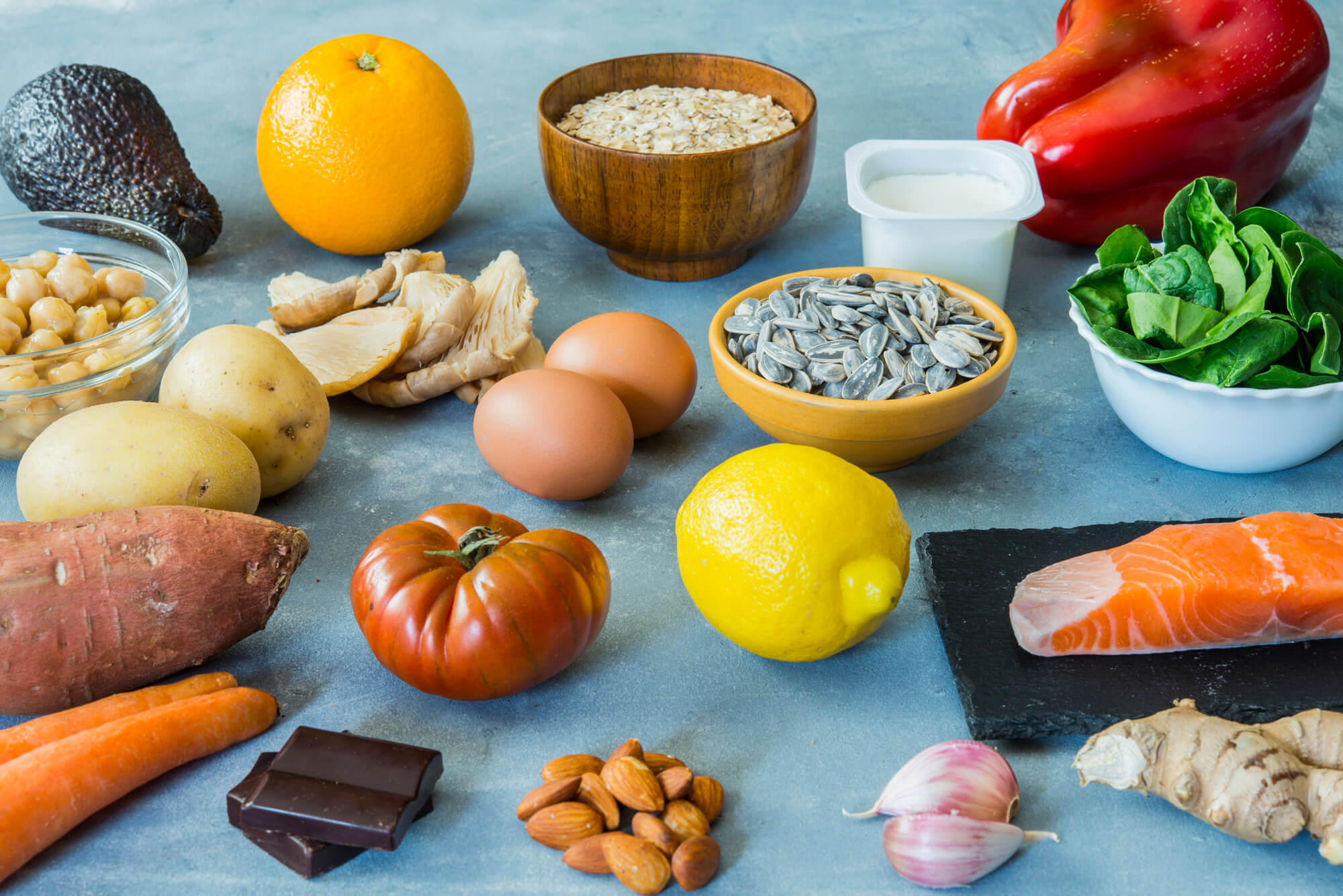Adult allergy diet: how to get rid of symptoms


Viktor Levchenko
What are allergies and how do they manifest themselves?
An allergy is a reaction of the immune system to certain substances (allergens) that are usually safe for most people. Symptoms of allergies can vary: itching, skin rashes, swelling, runny nose, difficulty breathing and even anaphylactic shock. Nutrition plays an important role in the development of allergic reactions.
Causes of allergies in adults
Allergies can occur for a variety of reasons, such as hereditary predisposition, weakened immune system, unfavorable environment and uncontrolled medication. However, food allergens are the most common causes of allergies in adults.
Influence of nutrition on allergic reactions
Nutrition has a significant influence on the development of allergies. An improper diet containing many allergens can provoke an allergy exacerbation. Following a hypoallergenic diet can greatly reduce the risk of allergic reactions.
Allergy triggering foods: a list of the most common allergens

- Dairy products, including cow's milk and its derivatives, are common allergens. Casein, found in milk, often causes allergies.
- Egg white can cause allergic reactions, especially in children. Adults can also suffer from egg allergies, but this is less common.
- Fish and seafood, including shrimp, crustaceans, and shellfish, often cause allergies. Also, some types of fish, such as tuna and salmon, can cause allergic reactions.
- Nuts, especially peanuts, walnuts and almonds, are strong allergens. Sunflower, sesame, and flax seeds can also cause allergic reactions.
- Soybeans and soy-based products can cause allergies, especially in children.
- Wheat and the gluten in it are common allergens. Wheat allergies can manifest as celiac disease, gluten allergy, or atopic dermatitis.
Alternative foods for allergy sufferers
- There are lactose-free alternatives such as coconut milk, almond milk or rice milk for those who are allergic to dairy products.
- Gluten-free flours made from corn, rice or buckwheat can replace wheat flour for those with wheat or gluten allergies.
- Vegetable milk and oils such as olive, sunflower or coconut oils are great alternatives for those with dairy or nut allergies.
- There are many specialized products for allergy sufferers, such as gluten-free baked goods, eggless pasta, nut-free granola, and even allergen-free sweets. They allow you to maintain variety in your diet for allergies.
Creating an individualized diet plan for allergies

Allergens can be identified by consulting an allergist, who will carry out the necessary tests, such as skin tests or a blood test for antibodies. It is also helpful to keep a food diary and note in it the foods that cause allergic reactions.
Creating a balanced menu
A balanced diet includes a variety of foods, sufficient proteins, fats and carbohydrates, as well as vitamins and minerals. It is important to watch the caloric content of food to avoid excessive energy intake or lack of nutrients.
Even if you eliminate certain allergens from your diet, it is important to maintain a variety of foods. This will help provide the necessary micronutrients and vitamins, as well as prevent new allergies to a limited set of foods.
It is recommended that you stick to three main meals and two snacks throughout the day. This helps maintain stable blood sugar levels and ensures an even supply of nutrients.
Example menus for different types of allergies

Making menus for allergy sufferers depends on their individual characteristics and allergens. For example, if you are allergic to dairy products, breakfast may include oatmeal on water with fruit, lunch - vegetable soup and potatoes with meat, and dinner - buckwheat porridge with vegetables and turkey stew. Snacks can include fruit, nuts (if you are not allergic to them) or dairy substitutes such as coconut milk.
If you have a gluten allergy, your menu can include gluten-free baked goods or rice flour pasta, as well as wheat-free foods such as potatoes, corn or quinoa. Gluten-free breadcrumbs or cookies can be a good snack.
When formulating an adult allergy diet, it is important to consider your individual body and identify your allergens. Foods that cause allergic reactions should be eliminated from the diet and replaced with alternative foods. Creating a balanced menu that includes a variety of foods and proper distribution of meals will help ensure a healthy diet and control of allergy symptoms.
New materials
Popular Articles
We recommend reading
Contact us in the Contact Us section to ask questions, offer ideas, or for more information about our allergy resource.
Our articles are your trusted source of allergy knowledge. Learn how to make life with allergic reactions easier on our specialized portal.
©
Lechenie-Allergii.com. All rights reserved.
© Lechenie-Allergii.com. All rights reserved.
The information on this site is for informational purposes only and is not a substitute for professional medical advice. We recommend consulting with qualified medical professionals for accurate information and advice.
 English
English  Українська
Українська  Русский
Русский 









